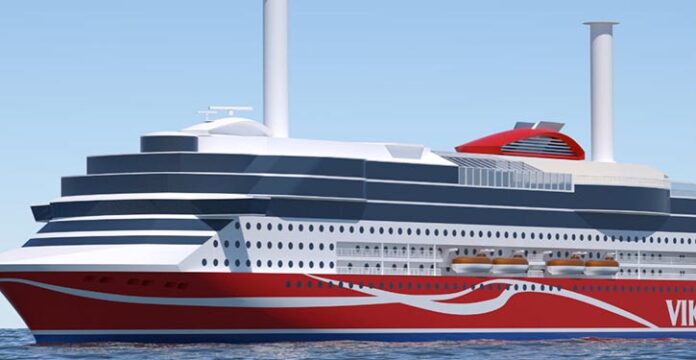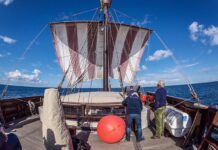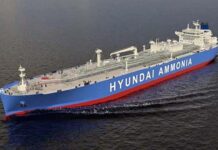The new vessel will serve the cruise operator’s Turku-Stockholm route starting in 2020.
Viking Line has commissioned a new cruise ship from China, saying that the price of a Finnish-made equivalent was prohibitively higher. The Viking Line shipping company out of the Åland Islands has a fleet of seven cruise ships sailing to different destinations on the Baltic Sea. The new Turku-Stockholm route ship will replace the AMORELLA, which is up for sale.
„The only shipyard that would have been able to do this was the Turku shipyard, but they have such a packed order book that they could only offer delivery around 2024. The offer price was also a lot higher than what we got from China. In fact we’re talking nearly 100 million more,“ said chief executive Jan Hanses.
Given that the value of the deal is some 194 million euros, it means that it would have cost nearly 300 million euros to commission the vessel from a Finnish shipbuilder. Viking Line noted that it was also easy to organise financing in China – Finnish and German banks are also on board alongside Chinese institutions.
Viking and Xiamen Shipbuilding plan to work with several European companies to build the vessel, including Deltamarin, Wärtsilä and ABB Marine.
Viking Line’s new vessel will be 218 meters in length and have a gross registered tonnage of about 63,000 tons. Passenger capacity will be 2,800 people, and the length of its cargo lanes will be 1,500 meters.
“Our expectations for this vessel is that she will be the most efficient cruise ferry operating in the Baltic, if not the world,” says Jan Hanses, President and CEO, Viking Line. “We have excellent experience with our VIKING GRACE, the first large gas-powered passenger vessel in the world,” said Hanses. “Great emphasis has been placed in the planning work on environmentally sound solutions, including new innovative energy-efficient applications. Many years of planning work have gone into this newbuilding project in conjunction with the European Union’s Motorways of the Seas project under the scope of the Connecting Europe Facility funding instrument, which has also included the Port of Turku and the Ports of Stockholm.”
Like her high-profile, European-built predecessor VIKING GRACE, the new cruise-ferry will feature gas engines – most probably made and supplied by Wärtsilä, as the company says. However, while the earlier Viking Line ship includes conventional shaftline propulsion technology, the latest contract calls for the first installation in a cruise-ferry application of twin XO 2100-type Azipod propulsion. Azipod XO units are the propulsion solution of choice in the cruise ship market. Like all Azipod propulsion units, the XO-type features intelligent control systems and advanced condition monitoring, and is designed for optimized energy efficiency and maintainability. Classed by DNV-GL the ship will also draw on ABB’s long experience in providing Azipod propulsion systems for ships operating in ice conditions, with the Azipod XO units designed to match the ship’s ice class 1A Super notation.
Additional scope of ABB’s supply includes electrical power generation and distribution systems and bow thruster motors.The Azipod XO units are designed and built in Helsinki. In fact, the majority of the marine equipment onboard the new vessel will be sourced in Northern Europe. But not only natural gas for the main propulsion engines will be used: The new vessel will also have fuel-saving rotor sails (Flettner Rotors) supplied by Finnish company Norsepower.




